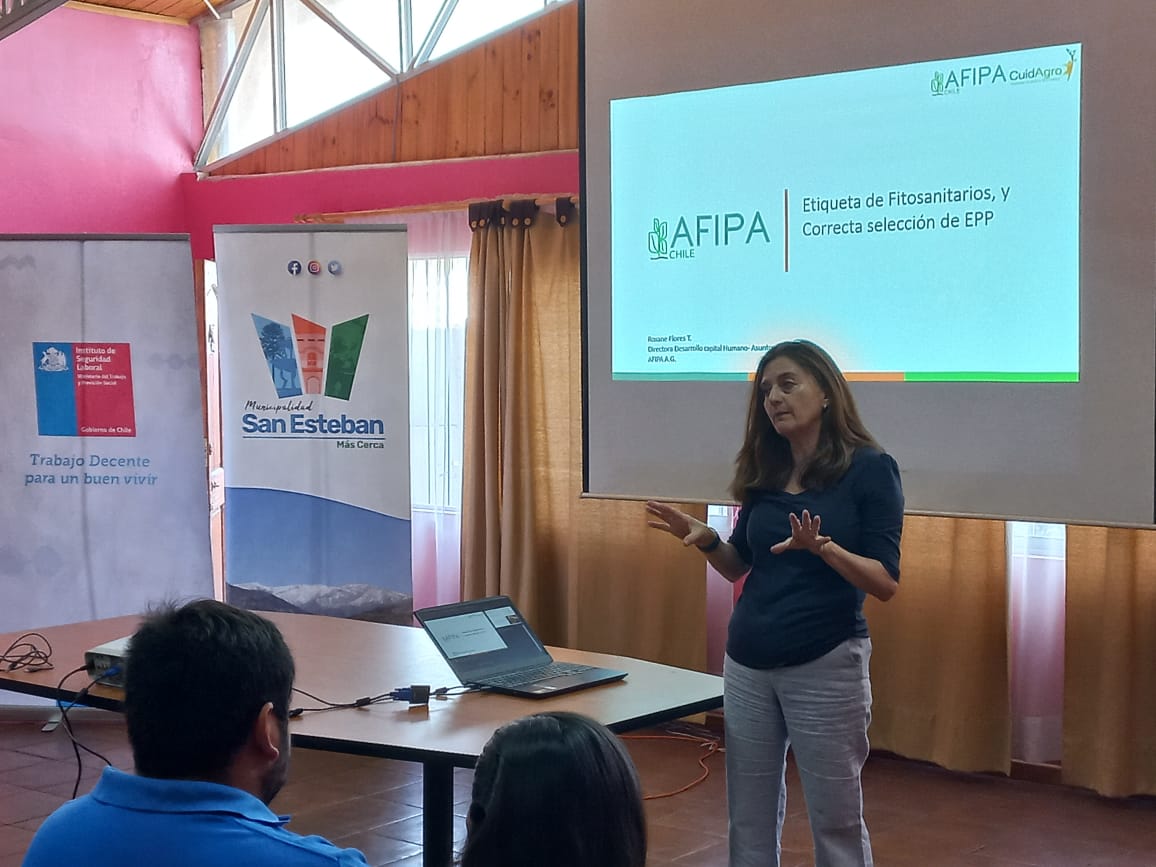
Stefano Lugli - SL Fruit Service (IT)
Coordinatore comitato tecnico-scientifico di Cherry Times
According to a survey conducted by Dondini et al (2019) and recently updated (Lugli, 2023), more than 50 breeding programmes aimed at creating new cherry varieties and rootstocks are active worldwide. Many of these projects have an almost centuries-old tradition behind them, handed down by several generations of breeders, mostly working in public institutions.
Some of these projects have reduced their investments over the years and are heading for a respectable sunset. Some others have permanently closed down the workshop that regularly churned out new variety loaves. Others, in an attempt to survive, have tried to recycle themselves by entering into new partnerships with the injection of private capital.
In the meantime, new varietal creation programmes have sprung up, with ambitious goals and initial results that look very encouraging, on which Cherry Times® devotes some in-depth analysis.
From public to private
There has been a shift from a publicly run to an almost everywhere privatised one. On the other hand, creating a new variety has become an all-embracing entrepreneurial activity, an endeavour that requires heavy financial - human - investment and technical - managerial skills that the public sector cannot fully guarantee, if not for the irreplaceable scientific contribution from basic genetic research.
As a first consequence of this transition, most of the new cherry varieties released on the market are protected by patents and often marketed under company trademarks.
A study conducted by Fideghelli (2023) on the CPVO Variety Finder, a database managed by the CPVO, the Community Plant Variety Office containing information on international variety registers, reports more than 500 registered cherry varieties. Of these, about 250 are registered and patented in Europe. Fig. 1 - Varietà di ciliegio registrate presso UCVV
Fig. 1 - Varietà di ciliegio registrate presso UCVV
Another significant trend in the cherry sector is the offer to growers of varietal packages, the so-called varietal lines, composed of several genotypes of the same genetic origin, with very similar agronomic traits and quality parameters and matured at different times so as to cover part or the entire harvest calendar.
A trademark is associated with these varietal lines in addition to the patent. This creates a close loyalty between those who create the varieties (breeders), those who develop them (publishers and nursery companies) and those who grow them (producers). The intention of these new variety distribution formulas is to reach the end consumer with their own brand.
 Fig. 2 - Esempi di nuove linee varietali
Fig. 2 - Esempi di nuove linee varietali
La varietà ideale
Each new variety should be able to meet requirements that vary according to the different players in the chain, from field to table.
For the grower, the optimal variety bears fruit regularly and satisfactorily (10-12 t/ha); it adapts well to different planting systems: rootstocks, training forms and densities, covers; it bears high quality fruit, i.e. predominantly at least 28 mm in size, firmness greater than 70 D25, sweetness not less than 18 °brix, good acidity level to enhance aroma; it has a harvest window of at least one week; it tolerates the main abiotic (cracking) and biotic (fungal and bacterial) adversities. Fig. 3 - Uniformity of size at harvest is among the most sought-after traits
Fig. 3 - Uniformity of size at harvest is among the most sought-after traits
For packers, cherry varieties must adapt to modern processing (cold chain and automatic sorting) and storage (refrigeration and modified atmosphere packaging) technologies and be able to guarantee a good shelf life. To these important attributes must be added the wishes of consumers: wholesomeness, freshness, typicality and a fair price/quality ratio.
Dondini L., Lugli S., Sansavini S. (2019). Cherry Breeding: Sweet Cherry (Prunus avium L.) and Sour Cherry (Prunus cerasus L.), in: Al-Khayri J., Jain S., Johnson D., Advances in Plant Breeding Strategies: Fruits., Cham, Springer.
Fideghelli C. (2023). Nuove tecniche di breedinge privative vegetali alimentano l’innovazione. Frutticoltura, 4.
Lugli S. (2023). L’innovazione varietale nel ciliegio verso nuovi traguardi. Frutticoltura, 4
Cherry Times - All rights reserved














